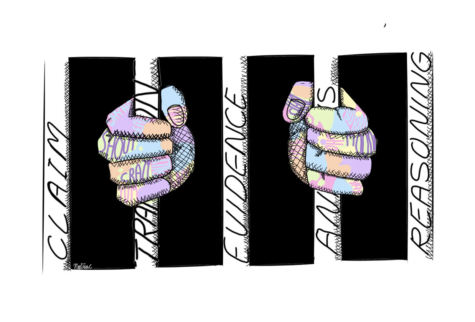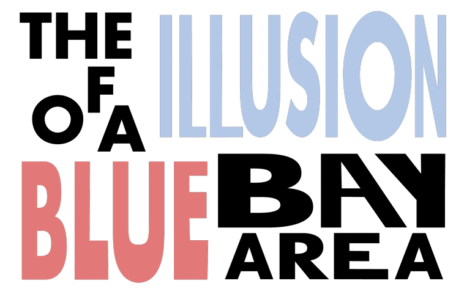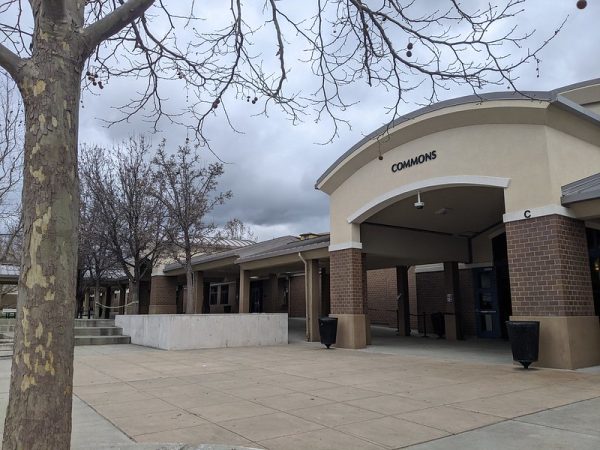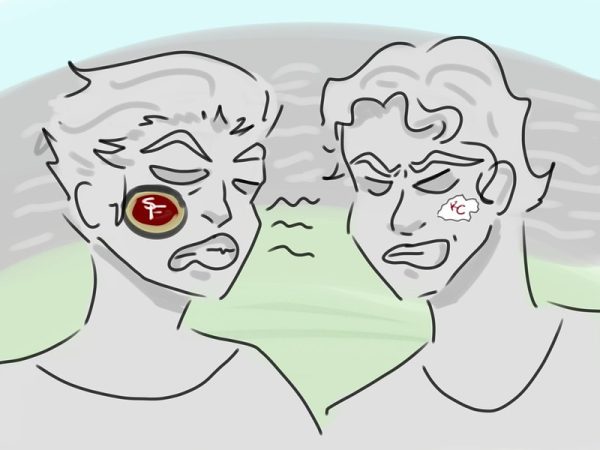Community college: exploring the stigma among D.V. students
College application season has swept DV seniors in a wave of tension and haste as students apply to institutions of higher learning all across the nation, with many seeking entry to prestigious, big name schools. However, when the idea of community college is brought up, it is considered to be the complete opposite.
A widespread stigma exists against community college as a means of higher learning among Dougherty. While community college is a perfectly valid option, it is often looked upon quite negatively — many balk at the notion of attending one. This stigma stems from the idea that community college students lack in merit or ambition. In other words, junior college is generalized as a place for people who “aren’t smart enough” or “don’t work hard enough.”
Academic pressure from family and friends alike drive students away from community college. Students are instead told by their peers to seek four-year universities and more “legitimate” means of education.
“DV kids have always been pushed for absolute academic success and they associate community college with academic failure, when that’s not really the case. The bad stigma that surrounds community college has been created by our community as we always mock the idea of going to DVC,” Dougherty senior Dean Cruz observes. “Many students feel if they do not get into a four-year college directly they have failed. That couldn’t be further from the truth. Transfer routes exist as well.”
The misconception that community colleges are detrimental is an inaccurate one. Attending one can help students earn two-year degrees for practical use in the workforce, aid students in transferring into four-year institutions, provide resources for prospective students and be an overall beneficial experience. Much like four-year institutions, community colleges exist as a means to help people achieve higher education.
For those who may have not done well academically in high school, community college can offer a transfer path into a university of their choosing.
“Community college is actually a pretty good option, especially if your grades weren’t the best throughout your high school career,” Cruz adds. “Instead of settling, you can work in community to go to the school of your choice. It is also beneficial financially, as the cost of community [college] is close to nothing compared to universities. Even if you had good grades throughout school, and do not want to have the financial struggle with universities and debt, community college exists as a valid option.”
Junior college is also an ideal option for those who cannot afford the tuitions of bigger colleges. Regarding the exponentially rising student debt, community college is a viable alternative. According to 2015 data from the Institute for College Success and Access, seven in ten seniors who graduated from public and nonprofit colleges in 2014 had student loan debt, with an average of $28,950 per borrower. These exorbitant tuition fees explain why some students choose to go through community college. It can be a stepping stone for those who seek to progress beyond junior college through transfer programs, or simply provide financial security when investing in a college education.
Admittedly, not everything is black and white. Community college passing rates are extremely low on average nationwide, a staggeringly low 28 percent for four years, according to the National Center Of Education Statistics. Drop-out rates are at 39 percent, as of 2015. These drop-out rates may be a result of students with difficult backgrounds, including poverty. Other students seek to opt out in pursuit of things beyond education.
Despite the opportunities junior colleges may provide, many Dougherty students still actively choose to attend four-year institutions rather than go to a community college.
Senior Akhil Varanasi elaborates, “Going to a four-year college presents many opportunities. You can meet new people, more easily earn connections to help you receive an internship or get employed. On the other hand, by staying at home and going to a community college, you would be isolating yourself from an entire group of people.”
To some students, community colleges around the country may speak to a lack of incentive and drive among students. However, it is quite the contrary. Community colleges also present many opportunities and benefits.
Diablo Valley College (DVC), one of the most attended junior colleges among DV alumni, is a prime example of a successful and reputable community college. Many attend for its high transfer success rates and the resources they provide to prospective students.
DVC’s website elaborates on its merits: “Research figures recently released by UCLA’s Center for the Study of Community Colleges show that DVC’s transfer rate to four-year universities is 67 percent higher than the national average. Another report, released by the California Postsecondary Educational Commission, shows that DVC ranked number one in transfers in the state, ahead of all other California community colleges.”
A large number of Dougherty students who seek to attend community college often attend DVC, and take the transfer route to institutions such as the University of California (UC) system. In fact, Diablo Valley College is the number one institution for transfers to UC Berkeley among both domestic and international students.
Community college, DVC in particular, is a legitimate option for DV students who seek higher education but cannot attend a traditional four-year university, whether due to financial needs or acceptance issues. They should not be discouraged by academic pressure from family and friends, which only impedes their futures. Community colleges can be practical and useful, serving as a platform for students to reach their ambitious goals and dreams, and students can excel regardless of whether they attend a four-year or not.

Beyond being a fan of the art of journalism, Musa had personally never done it until he joined DVHS' Journalism team this year. Musa wanted to try his hand at journalism, since he has always enjoyed...

















